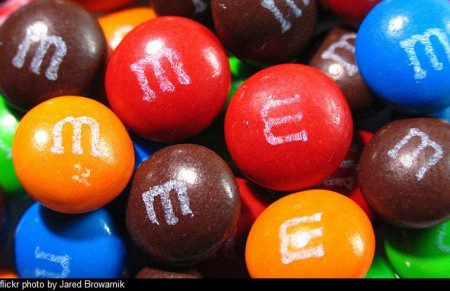CHEMISTRY: Wow!! Great job today with stoichiometry!! Now it’s time to put everything you’ve learned from the last few chapters together. It’s like cooking – figuring out what you need to get what you want. Slightly different ingredients, though. Don’t forget molar mass and mole ratio!
HW INFO – To find the pages for tonight’s homework, go to the online textbook, open the chapter, and then in the section where you can enter page numbers, enter R109. That will take you to the pages for tonight’s homework.
MAKEUP LABS – Do you have a lab to make up? Check the makeup lab dates on the bottom of the syllabus and let me know when you are coming and what lab you need to make up.
Photo by Monika Grabkowska on Unsplash

